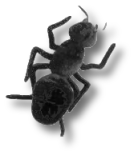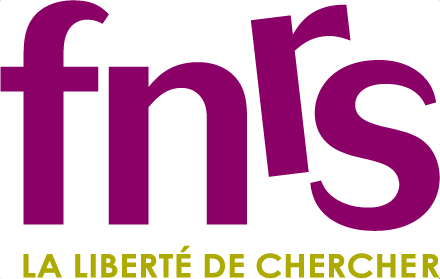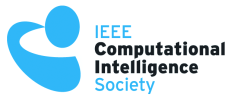ANTS 2010 Invited Talks
Andries Engelbrecht
Locating and tracking multiple optima using particle swarm optimization - Wednesday, 8 September 2010
Recent research in particle swarm optimization (PSO) has produced a number of efficient PSO-based algorithms to locate multiple optima to unconstrained optimization problems. Generally, these algorithms are referred to as niching methods. Most of these PSO niching methods create a number of sub-swarms, where each sub-swarm converges on a different optimum. PSO niching methods differ in the way that sub-swarms are created, how sub-swarms are merged if necessary, and how niches are maintained. This talk will present a sub-swarm PSO niching algorithm that makes use of the vector product between the social and cognitive component vectors to determine the boundaries of sub-swarm (niches). It will be shown how this vector-based PSO niching algorithm can be extended to track multiple optima in dynamic environments, where the search landscape changes over time. Results will be shown to illustrate the efficacy of this PSO niching algorithm in dynamic environments.
Guy Theraulaz
Emergent coordination in fish schools and human crowds - Thursday, 9 September 2010
Self-organized behaviors in animal groups and human crowds have received a considerable amount of attention over the last decade. This kind of coordination often permits groups of individuals to achieve collective tasks that are far beyond the capabilities of any single one's and has been recognized as an expression of collective intelligence. These puzzling phenomena can now been investigated in great detail thanks to sophisticated tracking systems that make possible the identification and the quantification of behavioral interactions among individuals. Individual based models can then be used to understand how various kind of information can be combined at the scale of a single individual to trigger the observed collective behavioral response. This new modeling approach based on the quantification of the observed behaviors at two different scales is different from those based on analogies with Newtonian force models from physics which are complicated, hard to calibrate, and partially inconsistent with the real data. Moreover, it provides a better understanding of the behavioral mechanisms involved in the collective behaviors of schools and crowds and the way information is transferred and processed among individuals. It also provides a way to identify the mechanisms that play a key role in the collective outcomes.
Wei-Min Shen
Self-Reconfigurable Robots, Digital Hormones, and Swarm Morphallaxis - Friday, 10 September 2010
Self-reconfigurable modular robots are metamorphic systems that can autonomously change their logical or physical configurations (such as shapes, sizes, or formations), as well as their locomotion and manipulation, based on the mission and the environment in hand. Because of their modularity, versatility, self-healing ability and low cost reproducibility, such robots provide a flexible approach for achieving complex tasks in unstructured and dynamic environments. The construction and control of these robots, however, are very challenging due to the dynamic topology of the module network, the limited resource of individual modules, the difficulties in global synchronization, the preclusion of centralized decision makers, and the unreliability of communication among modules. This talk presents the SuperBot reconfigurable robotic system and a distributed and reliable control architecture and algorithms for such robots. The approach is inspired by the biological concept of hormones (thus the name "digital hormones") and it provides a unified solution for metamorphic systems' self-reconfiguration/assembly, locomotion, and manipulation. Modules are modeled as autonomous agents free from globally unique identifiers and they can physically connect and disconnect with each other and can communicate via content-based messages. The approach has been demonstrated in the SuperBot project for multifunctional locomotion; modeling of self-reconfigurable systems; distributed "task negotiation", "topology-dependent behavior selection" and "synchronization"; topology-based control for shape-alternations, and morphallaxis and scalable self-assembly and self-healing for swarm robots.


























